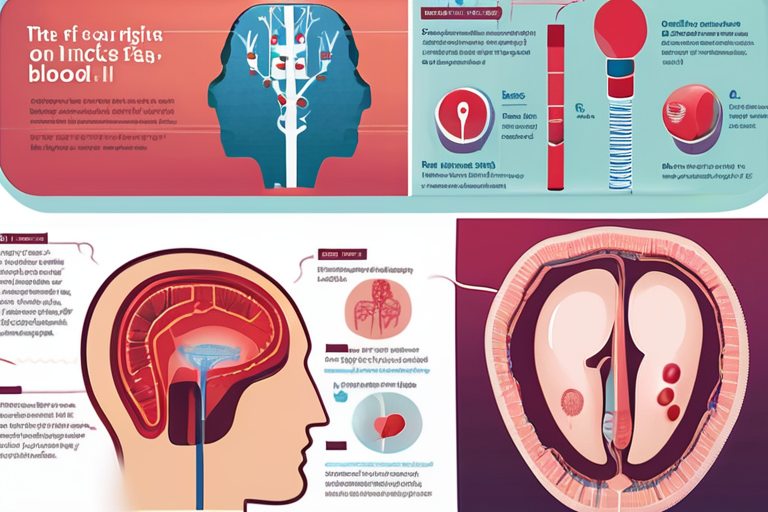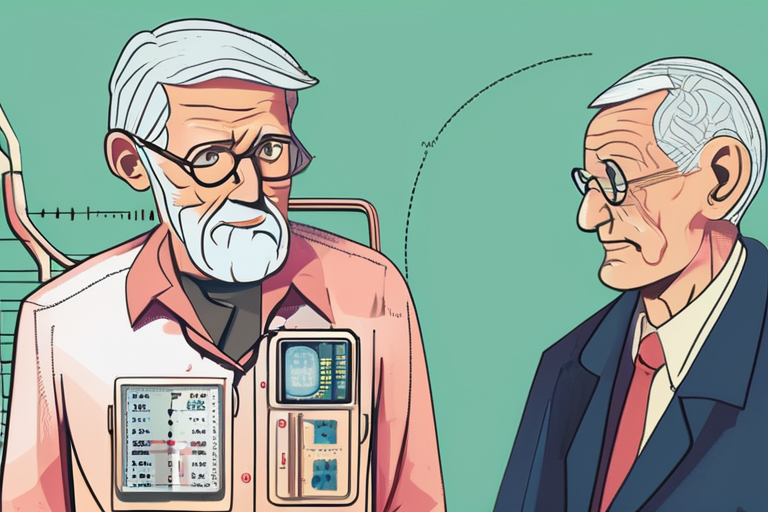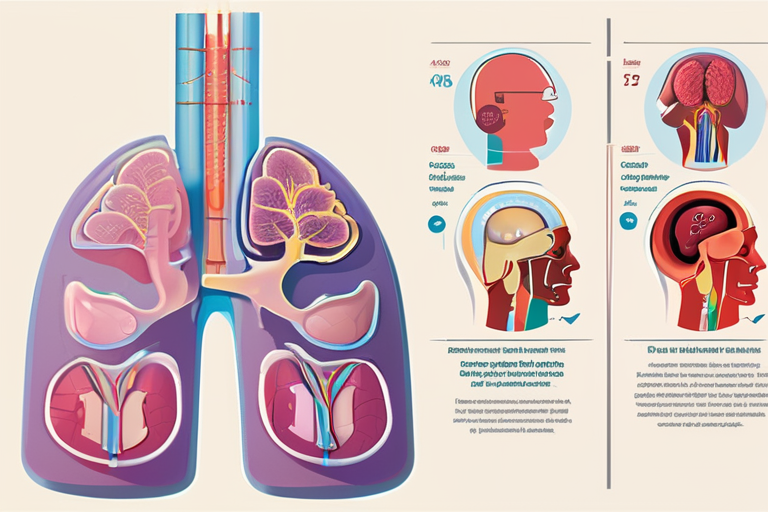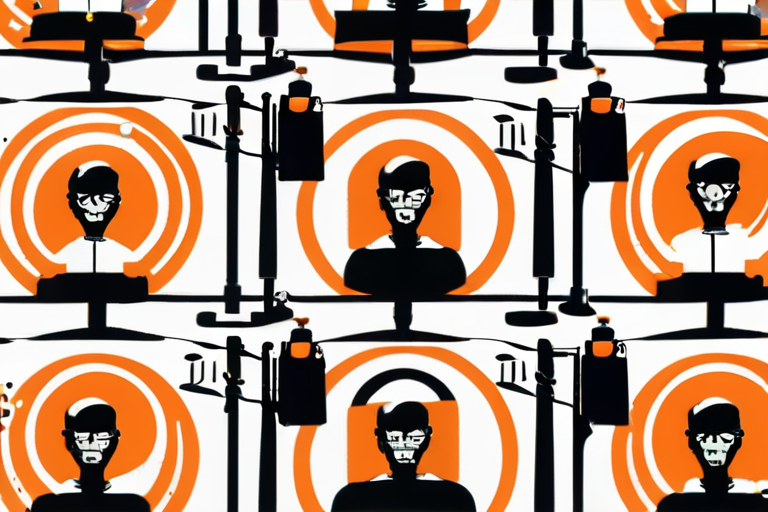Aging Clocks: Unlocking the Secrets of Human Aging
In a groundbreaking effort to understand the mysteries of human aging, researchers have turned to "aging clocks" – sophisticated algorithms that analyze biological data to determine an individual's true age. This innovative approach has sparked new hope for reversing or even halting the aging process.
According to Dr. Laura J. Niedernhofer, a leading expert in aging research at the University of Minnesota, "Aging clocks are like a GPS system for our bodies. They help us navigate the complex landscape of biological changes that occur as we age." These algorithms can identify subtle signs of aging, such as elevated cholesterol levels or inflammation, which may not be immediately apparent through physical examination.
The concept of aging clocks is based on the idea that chronological age – the number of years since birth – does not always accurately reflect a person's biological age. Some individuals may appear younger than their actual age due to factors like lifestyle choices, genetics, or access to quality healthcare. Conversely, others may exhibit signs of accelerated aging despite being relatively young.
One notable example is the "epigenetic clock," developed by Dr. Steve Horvath at the University of California, Los Angeles (UCLA). This algorithm analyzes DNA methylation patterns – chemical modifications that affect gene expression – to estimate an individual's biological age. Studies have shown that epigenetic clocks can accurately predict age-related diseases, such as cancer and cardiovascular disease.
The implications of aging clocks are far-reaching. By identifying individuals who are biologically older than their chronological age, healthcare providers can tailor interventions to address specific needs. For instance, a 60-year-old with high biological age may benefit from targeted therapies or lifestyle modifications to mitigate the effects of aging.
Dr. Niedernhofer emphasizes that "aging clocks are not just about predicting disease; they also offer opportunities for prevention and intervention." Researchers are exploring the potential of aging clocks to identify biomarkers for successful aging, enabling individuals to make informed choices about their health.
The field is rapidly evolving, with new studies and technologies emerging regularly. For example, a recent study published in the journal Nature Medicine demonstrated that AI-powered analysis of electronic health records can predict age-related diseases with high accuracy.
As researchers continue to refine aging clocks, society may soon benefit from more effective prevention and treatment strategies. Dr. Niedernhofer concludes, "The future is bright for aging research, and we're excited to see the impact of aging clocks on human health."
Sources:
Dr. Laura J. Niedernhofer, University of Minnesota
Dr. Steve Horvath, UCLA
Nature Medicine study (2022)
Background:
Aging is a complex process influenced by genetic, environmental, and lifestyle factors. While chronological age provides a rough estimate of an individual's aging status, biological age can vary significantly. Aging clocks aim to bridge this gap by analyzing various biomarkers to determine true biological age.
Additional Perspectives:
Dr. David Sinclair, Harvard Medical School, notes that "aging clocks offer a promising avenue for understanding the mechanisms of aging and developing targeted therapies."
Dr. Cynthia Kenyon, University of California, San Francisco, adds that "the integration of AI and biology is revolutionizing our understanding of aging and will likely lead to breakthroughs in human health."
Current Status:
Aging clocks are being developed and refined by researchers worldwide. Studies have shown promising results in predicting age-related diseases and identifying biomarkers for successful aging.
Next Developments:
As the field continues to advance, expect further refinements in aging clock technology and increased collaboration between researchers, clinicians, and industry partners. The potential applications of aging clocks are vast, from personalized medicine to public health initiatives.
*Reporting by Technologyreview.*



 Hoppi
Hoppi

 Hoppi
Hoppi

 Hoppi
Hoppi

 Hoppi
Hoppi

 Hoppi
Hoppi

 Hoppi
Hoppi











